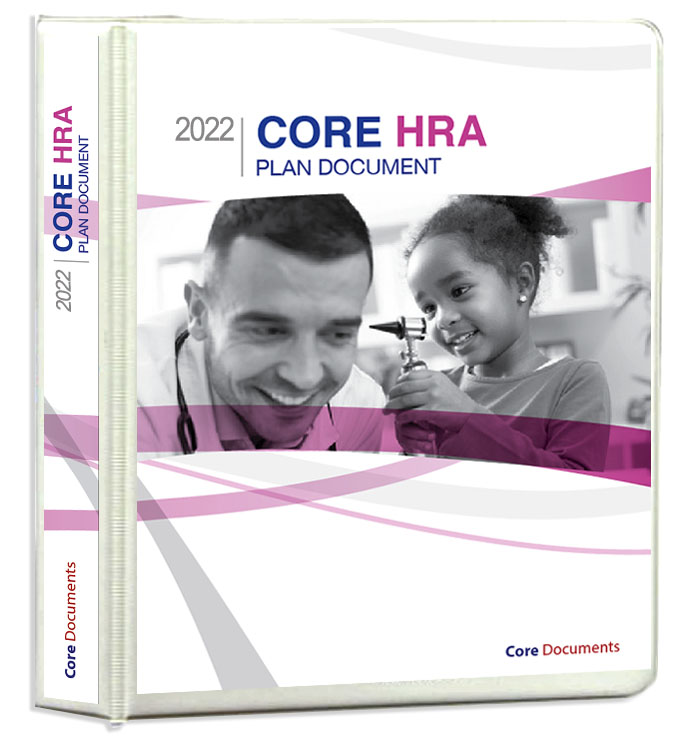An HRA Plan Document is a legal document that outlines the terms and conditions of the Health Reimbursement Arrangement offered by an employer. It serves as a roadmap, detailing the rules and regulations governing the HRA and acts as a crucial communication tool between the employer and employees.
Why is it Essential?
Legal Compliance: HRA Plan Documents are required by law. The Employee Retirement Income Security Act (ERISA) mandates that employers provide written plan documents for all employee benefit plans, including HRAs. Failure to comply with ERISA regulations can lead to legal repercussions.

Clarity and Transparency: A well-drafted HRA Plan Document ensures that employees understand the benefits, coverage limits, and reimbursement procedures. This transparency fosters trust and helps in managing expectations.
Flexibility and Customization: Employers have the flexibility to design HRAs that align with their budget and employee needs. The HRA Plan Document serves as the tool to document these specific plan details, such as eligible expenses, rollover provisions, and coverage periods.
Employee Education: The document serves as an educational resource for employees, helping them navigate the complexities of the HRA. It can include FAQs, examples, and scenarios to clarify any uncertainties.
Group Coverage HRA Plan Documents
What Sets Group Coverage HRAs Apart?
Group Coverage HRA Plan Document are a specific type of HRA designed to provide a group of employees with a common set of benefits. The HRA Plan Document for a GCHRA takes into account the collective needs of the group, providing a unified approach to healthcare benefits.

Key Components of Group Coverage HRA Plan Documents:
Eligibility Criteria: Clearly define the criteria for employees to participate in the GCHRA. This may include factors such as employment status, hours worked, or other specific conditions.
Contribution Structure: Specify the employer’s contribution structure, including the maximum allowable contribution per employee, reimbursement rates, and any tiered contribution levels.
Conclusion:
A well-crafted HRA Plan Document, especially for Group Coverage HRAs, is essential for the successful implementation and administration of healthcare benefits. Employers should invest time and resources in creating comprehensive and compliant documents to provide a clear roadmap for both the organization and its employees. In doing so, they can navigate the complexities of healthcare benefits, foster transparency, and build a foundation of trust and satisfaction among their workforce.













